PU vs Fabric Sofas: The Ultimate Stain-Resistance Showdown with Milo
Table Of Contents
- Introduction
- Understanding PU Leather Sofas
- All About Fabric Sofas
- Meet Milo: Our Stain Test Assistant
- The Stain Resistance Showdown
- Cleaning and Maintenance Comparison
- Durability Factors Beyond Stains
- Which Sofa is Right for You?
- Top Recommendations from Loft Home
- Conclusion
PU vs Fabric Sofas: The Ultimate Stain-Resistance Showdown with Milo
Choosing the perfect sofa involves more than just finding a style that complements your living room aesthetic. For many Singaporean homeowners, especially those with children, pets, or a penchant for hosting gatherings, stain resistance becomes a crucial factor in this significant investment. But which material truly reigns supreme when it comes to surviving life's little messes?
In this real-world comparison, we're putting two popular sofa materials—PU leather and fabric—to the ultimate test with the help of our furry friend Milo. We'll explore not just how each material handles potential stains but also delve into comfort, maintenance, durability, and which option might be best suited for your lifestyle and home environment.
Whether you're furnishing your first home or upgrading your living space, this practical guide will help you make an informed decision that you won't regret when the inevitable spill occurs. Let's discover which sofa material can truly stand up to the challenges of everyday life.
Understanding PU Leather Sofas
Polyurethane leather, commonly known as PU leather, has become increasingly popular among Singaporean homeowners seeking the luxurious look of leather without the premium price tag. But what exactly is this material, and how does it perform in real-world situations?
What is PU Leather?
PU leather is a man-made material consisting of a split leather backing covered with a polymer layer that mimics the appearance and some properties of genuine leather. Unlike bonded leather (which contains ground leather fibers), PU leather has a completely synthetic surface layer. This construction gives PU leather sofas their distinctive smooth, uniform appearance and consistent texture.
Pros of PU Leather Sofas
The appeal of PU leather extends beyond its affordability. These sofas offer several advantages that make them worthy contenders for your living room:
Water and Stain Resistance: Perhaps the most significant advantage of PU leather is its non-porous surface. Liquids typically bead up rather than soak in, allowing you to quickly wipe away potential stains before they set. This property makes PU leather an excellent choice for households with young children or in dining areas.
Easy Maintenance: Cleaning a PU leather sofa is remarkably straightforward—usually requiring nothing more than a damp cloth for regular maintenance. Unlike fabric sofas that might need specialized cleaning solutions or professional services, PU leather can typically be maintained with minimal effort.
Hypoallergenic Properties: For allergy sufferers, PU leather offers an advantage as it doesn't harbor dust mites, pet dander, or other allergens that can become trapped in fabric fibers. This makes it a health-conscious choice for those with respiratory concerns.
Modern Aesthetic: The sleek, contemporary look of PU leather fits perfectly with many modern interior design schemes. Minimalist sofas in particular benefit from PU leather's clean lines and uniform texture.
Cons of PU Leather
Despite its advantages, PU leather isn't without limitations:
Heat Sensitivity: In Singapore's climate, it's worth noting that PU leather can become uncomfortably warm in direct sunlight or during hot weather. The material doesn't breathe as well as fabric or genuine leather, potentially leading to that sticky feeling during humid days.
Vulnerability to Scratches: While resistant to stains, PU leather can be prone to scratches and tears, especially in households with pets. Sharp claws can potentially damage the surface in ways that aren't easily repaired.
Limited Lifespan: Generally, PU leather sofas have a shorter lifespan than high-quality fabric or genuine leather options. Over time, the polyurethane layer may crack or peel, particularly in areas of frequent use.
All About Fabric Sofas
Fabric sofas continue to be a perennial favorite in Singaporean homes, offering unmatched variety in textures, patterns, and comfort levels. But how do they stack up when it comes to practical concerns like stain resistance?
Types of Fabric Upholstery
Not all fabric sofas are created equal, and understanding the different types can help you make a more informed choice:
Natural Fibers: Cotton, linen, and wool offer breathability and comfort but typically provide less inherent stain resistance unless treated.
Synthetic Fibers: Polyester, nylon, and acrylic tend to offer better stain resistance and durability than their natural counterparts.
Performance Fabrics: Modern innovations like Sunbrella, Crypton, and other performance fabrics are specifically engineered to resist stains, fading, and wear, making them increasingly popular choices for family homes.
Microfiber: This ultra-fine synthetic material creates a dense weave that naturally repels liquids better than traditional fabrics, offering a good balance of comfort and practicality.
Pros of Fabric Sofas
Fabric upholstery offers several distinct advantages that continue to make it a popular choice:
Superior Comfort: Fabric sofas generally offer better temperature regulation than PU options, staying cooler in summer and warmer in winter. This breathability makes them particularly well-suited to Singapore's climate.
Design Versatility: The incredible range of colors, patterns, and textures available allows fabric sofas to complement virtually any interior design scheme, from Scandinavian sofas to more eclectic styles.
Durability Against Scratches: While not impervious to damage, fabric sofas tend to withstand scratches better than PU leather, making them more resilient in homes with pets.
Potential for Reupholstering: Quality fabric sofas with solid frames can be reupholstered, extending their lifespan significantly compared to PU leather options.
Cons of Fabric Sofas
Fabric upholstery does present some challenges, particularly regarding maintenance:
Stain Absorption: Unless treated with stain-resistant finishes or made from performance fabrics, most fabric upholstery will absorb spills quickly, potentially leading to permanent stains if not addressed promptly.
Allergen Collection: Fabric fibers can trap dust, pet dander, and other allergens, requiring more thorough and regular cleaning to maintain a healthy environment.
More Intensive Cleaning: When deep cleaning is necessary, fabric sofas typically require more effort than their PU counterparts—sometimes necessitating professional cleaning services for optimal results.
Odor Retention: Fabrics can absorb and retain odors from pets, cooking, or other household sources more readily than non-porous materials like PU leather.
Meet Milo: Our Stain Test Assistant
To provide real-world insights into how these different materials perform under pressure, we enlisted the help of Milo, a playful Golden Retriever with a talent for creating messes at the most inconvenient times. Milo represents the unpredictable elements in our homes that put furniture to the test—whether that's children with juice boxes, friends with wine glasses, or furry companions with muddy paws.
For our experiment, we set up two comparable sofas in a controlled environment: a 3-seater sofa in PU leather and another in a mid-range polyester fabric without specialized stain protection. Both sofas were new and maintained under identical conditions before testing.
To simulate real-life scenarios, we tested the sofas against common household culprits:
- Water and dog drool (courtesy of Milo)
- Coffee (both black and with milk)
- Red wine
- Muddy paw prints
- Food stains (soy sauce and curry)
Each substance was applied to both sofas under identical conditions, with cleaning attempted after intervals of 30 seconds, 5 minutes, and 30 minutes to simulate different response times to spills. Our goal was not just to determine which material resisted stains better, but to provide practical insights into real-world scenarios that Singaporean homeowners might face.
The Stain Resistance Showdown
Our hands-on testing with Milo revealed significant differences in how PU leather and fabric sofas handle various staining agents. Here's what we discovered across our different test scenarios:
Water and Drool Test
PU Leather Performance: Water and drool beaded on the surface of the PU leather sofa, allowing for effortless cleanup even after 30 minutes. A simple wipe with a dry cloth removed all traces without leaving any residue or watermarks.
Fabric Performance: The fabric immediately absorbed the liquid, creating a visible damp spot. While the water eventually dried without permanent marks, Milo's drool left a slight discoloration when left for 30 minutes, requiring spot cleaning with upholstery cleaner.
Coffee Challenge
PU Leather Performance: Black coffee wiped away easily within the first 5 minutes, leaving no trace. Coffee with milk was slightly more challenging but still removed completely with prompt attention. After 30 minutes, the milky coffee required more vigorous cleaning but ultimately left no permanent marks.
Fabric Performance: Both black and milk-containing coffee quickly penetrated the fabric fibers. Immediate blotting removed much of the black coffee, but a faint outline remained. The milk-based coffee proved more problematic, leaving a visible stain even after prompt cleaning. The 30-minute samples required professional-grade upholstery cleaners and multiple treatments to improve their appearance.
Red Wine Disaster
PU Leather Performance: Red wine proved the most challenging test for PU leather but still performed admirably. When wiped immediately, no trace remained. After 5 minutes, slight cleaning with a damp cloth was required. The 30-minute sample needed more attention with a mild soap solution but ultimately cleaned up completely.
Fabric Performance: As expected, red wine was immediately absorbed by the fabric. Quick blotting and treatment with a specialized wine stain remover helped minimize the damage on the 30-second sample. The 5-minute and 30-minute samples, however, left noticeable pink stains despite treatment, demonstrating the challenging nature of wine on untreated fabrics.
Muddy Paw Prints
PU Leather Performance: Milo's muddy paw prints initially looked alarming on the dark PU leather but cleaned up remarkably well. Once the mud dried (after 30 minutes), it simply brushed away with minimal effort, leaving no trace of Milo's artistic endeavors.
Fabric Performance: The mud penetrated the fabric fibers almost immediately. While fresh mud was blotted with some success, the dried mud after 30 minutes required vacuuming followed by spot treatment. Despite these efforts, a shadow of the paw print remained visible, particularly in the deeper crevices of the upholstery.
Food Stain Face-Off
PU Leather Performance: Both soy sauce and curry wiped away from the PU surface with relative ease when attended to promptly. The curry's turmeric pigment proved slightly more challenging after 30 minutes, requiring a mild soap solution, but ultimately left no permanent discoloration.
Fabric Performance: These food tests highlighted fabric's vulnerability to staining. The soy sauce created an immediate dark spot that lightened with treatment but remained visible. The curry's turmeric component was particularly problematic, leaving a yellow stain that persisted despite multiple cleaning attempts, especially on the 30-minute sample.
The Verdict
In terms of stain resistance alone, PU leather emerged as the clear winner in our tests. Its non-porous surface prevented absorption of liquids and contaminants, allowing for easier cleaning across all test scenarios. Even when cleaning was delayed for 30 minutes, most stains could be completely removed with simple cleaning methods.
The fabric sofa, while comfortable and aesthetically pleasing, proved more vulnerable to staining in every test. Results varied based on the staining agent, but generally, immediate attention was essential to prevent permanent marks. Even with prompt cleaning, some stains remained visible, particularly from notoriously difficult substances like red wine and turmeric.
It's worth noting that our test used a standard polyester fabric without specialized stain protection. Performance fabrics or those treated with stain-resistant finishes would likely show improved results, though probably not matching the near-impervious nature of PU leather.
Cleaning and Maintenance Comparison
Beyond immediate stain resistance, long-term maintenance is an important consideration when choosing between PU leather and fabric sofas. Here's how these materials compare in terms of everyday care and cleaning requirements:
PU Leather Maintenance
Regular Cleaning: For day-to-day maintenance, a simple wipe with a soft, damp cloth is typically sufficient to remove dust and minor spills. This takes just minutes and requires no special products.
Deep Cleaning: For more thorough cleaning, mild soap diluted in water works well for PU leather. Specialized leather cleaners can also be used but aren't absolutely necessary for routine maintenance. Avoid harsh chemical cleaners that can damage the PU coating.
Conditioning: Unlike genuine leather, PU leather doesn't require conditioning to prevent drying out. However, some PU leather owners use conditioners to maintain the material's supple feel and appearance.
Preventative Care: Keep PU leather sofas away from direct sunlight and heat sources to prevent cracking of the polyurethane layer. Use soft cloths for cleaning to avoid scratching the surface.
Fabric Maintenance
Regular Cleaning: Fabric sofas benefit from weekly vacuuming to remove dust, pet hair, and debris that can become embedded in the fibers. This regular maintenance helps prevent the buildup that can lead to a dingy appearance over time.
Spot Cleaning: For small spills and stains, prompt action is critical. Blot (don't rub) spills immediately and use appropriate cleaners based on the fabric type. Always test cleaners on an inconspicuous area first.
Deep Cleaning: Most fabric sofas benefit from professional cleaning every 12-18 months, depending on use. Some cover removable sofas offer the convenience of machine-washable covers, making deep cleaning more accessible.
Preventative Care: Consider applying fabric protectors to improve stain resistance. Rotate cushions regularly to ensure even wear, and use arm covers or throws in high-traffic areas.
Durability Factors Beyond Stains
While stain resistance is important, it's just one aspect of a sofa's overall durability. Let's examine how PU leather and fabric compare in other aspects that affect longevity:
Wear and Tear Comparison
PU Leather Durability: PU leather's primary vulnerability is its tendency to crack and peel over time, especially in frequently used areas like seat cushions and armrests. In Singapore's climate, the combination of humidity and air conditioning can accelerate this deterioration. Most PU leather sofas maintain their appearance for 3-7 years before showing significant signs of wear.
Fabric Durability: Quality fabric upholstery tends to wear differently—rather than cracking, it may pill, fade, or become threadbare in high-use areas. The lifespan varies dramatically based on the fabric quality and weave, with high-performance fabrics often lasting 7-15 years before requiring reupholstering.
Environmental Factors
Singapore's unique climate presents specific challenges for both materials:
Humidity Effects: High humidity can potentially accelerate the breakdown of PU leather's adhesive layer, while fabric may develop musty odors or even mildew if not properly ventilated.
Sun Damage: Direct sunlight is harmful to both materials but affects them differently. PU leather may crack when exposed to prolonged sunlight, while fabric typically shows fading and deterioration of fibers.
Temperature Fluctuations: The contrast between outdoor humidity and indoor air conditioning creates temperature variations that can stress materials over time, potentially leading to more rapid deterioration of PU leather seams and adhesives.
Pet-Friendly Assessment
For pet owners like Milo's family, additional considerations come into play:
Scratch Resistance: Fabric generally outperforms PU leather when it comes to resisting damage from pet claws. While fabric may snag, PU leather can suffer permanent scratches that cannot be repaired.
Hair Management: Pet hair clings more persistently to fabric, becoming woven into the fibers, while it typically brushes off PU leather more easily during regular cleaning.
Odor Retention: Fabric tends to absorb and retain pet odors more readily than PU leather, which can be quickly wiped clean after pet contact.
Which Sofa is Right for You?
Choosing between PU leather and fabric ultimately depends on your specific lifestyle, preferences, and priorities. Here's a decision guide based on different household scenarios:
PU Leather May Be Better If:
You have young children: The ease of wiping away spills and messes makes PU leather an excellent choice for families with small children who might accidentally spill drinks or food.
You prioritize easy cleaning: If you prefer furniture that requires minimal maintenance and can be quickly cleaned without specialized products or techniques, PU leather offers significant advantages.
You or family members have allergies: The non-porous surface of PU leather doesn't harbor dust mites, pet dander, or other common allergens, making it a better choice for allergy sufferers.
You're furnishing a dining area: For sectional sofas or seating areas that double as dining spaces, the stain resistance of PU leather provides practical benefits.
You prefer a sleek, modern aesthetic: The smooth, uniform appearance of PU leather complements contemporary and minimalist design schemes particularly well.
Fabric May Be Better If:
Comfort is your top priority: Fabric sofas generally offer better breathability and temperature regulation, making them more comfortable in various conditions, especially in Singapore's climate.
You have cats or dogs with claws: While fabric isn't immune to pet damage, it typically withstands scratching better than PU leather, which can be permanently marred by sharp claws.
You value design versatility: The vast range of colors, patterns, and textures available in fabrics allows for more creative expression and easier coordination with existing décor.
You're concerned about long-term durability: Quality fabric sofas, particularly those with removable, washable covers or made with performance fabrics, often outlast PU leather options.
You prefer a softer, more inviting aesthetic: Fabric sofas tend to create a warmer, more cozy atmosphere compared to the sleeker appearance of PU leather.
Consider a Compromise
For many households, the ideal solution might be a thoughtful compromise:
Performance Fabrics: Consider investing in a sofa with high-performance fabric that offers enhanced stain and wear resistance while maintaining the comfort and aesthetic benefits of fabric.
Removable, Washable Covers:Sofas with removable covers provide the best of both worlds—the comfort of fabric with the practical ability to thoroughly clean or even replace covers as needed.
Strategic Use of Both Materials: Some homeowners opt for PU leather in high-traffic or spill-prone areas (like family rooms) while choosing fabric for formal living spaces or adult-oriented areas.
Protective Treatments: For fabric sofas, professional stain-resistant treatments can significantly improve performance against spills without compromising comfort.
Top Recommendations from Loft Home
Based on our testing and expertise, here are some specific sofa recommendations from Loft Home Furniture that excel in stain resistance while meeting different lifestyle needs:
Best PU Leather Options
For Family Living Rooms: Consider our PU leather sectional sofas that combine ample seating with superior stain resistance. These pieces feature reinforced stitching and thicker PU layers for enhanced durability in high-use environments.
For Modern Minimalists: Our 2-seater sofa options in PU leather offer clean lines and compact dimensions perfect for contemporary Singapore apartments while providing excellent resistance to everyday spills.
For Multi-functional Spaces: Explore our sofa beds in easy-clean PU leather, ideal for homes that need to accommodate occasional guests without compromising on practicality.
Best Fabric Options
For Pet Owners: Our performance fabric 3-seater sofas feature tightly woven, stain-resistant upholstery specifically designed to withstand both pet claws and occasional accidents while remaining comfortable and breathable.
For Style-Conscious Homeowners: Consider our Scandinavian sofas in treated linen blends that offer a sophisticated aesthetic with improved stain resistance compared to traditional fabrics.
For Maximum Practicality: Our cover removable sofas provide the ultimate peace of mind, with machine-washable covers that can be thoroughly cleaned or even replaced if needed, making them ideal for households with children or frequent entertainers.
At Loft Home Furniture, we understand that everyone's needs and preferences differ. Our showroom at Gambas Crescent features both PU leather and fabric options that you can test firsthand, allowing you to assess factors like comfort, appearance, and texture before making your decision. Our knowledgeable staff can also provide personalized recommendations based on your specific lifestyle and home environment.
Conclusion
Our stain-resistance showdown with Milo has provided clear insights into the practical performance differences between PU leather and fabric sofas. While PU leather emerged as the champion in terms of stain resistance—repelling everything from water and coffee to red wine and curry with remarkable ease—fabric sofas offer compelling advantages in comfort, scratch resistance, and long-term durability that make them equally worthy of consideration.
The ideal choice ultimately depends on your household's unique needs. For homes with young children, frequent entertainers, or those who simply prioritize easy cleaning, PU leather offers significant practical benefits. For households where comfort, aesthetics, and long-term durability are paramount, quality fabric options—especially those with stain-resistant treatments or removable covers—may be the better investment.
What's most important is making an informed decision that aligns with your lifestyle rather than simply following trends or focusing exclusively on price. By considering factors like cleaning requirements, durability expectations, and your household's specific challenges (be they playful children, active pets like Milo, or frequent social gatherings), you can select a sofa that will remain both beautiful and functional for years to come.
Remember that with proper care and maintenance, both PU leather and fabric sofas can provide years of comfortable service in your home. The right choice isn't universal—it's the one that best meets your unique needs and preferences.
Ready to find your perfect stain-resistant sofa? Visit our showroom at Gambas Crescent or explore our complete collection at lofthome.com today!
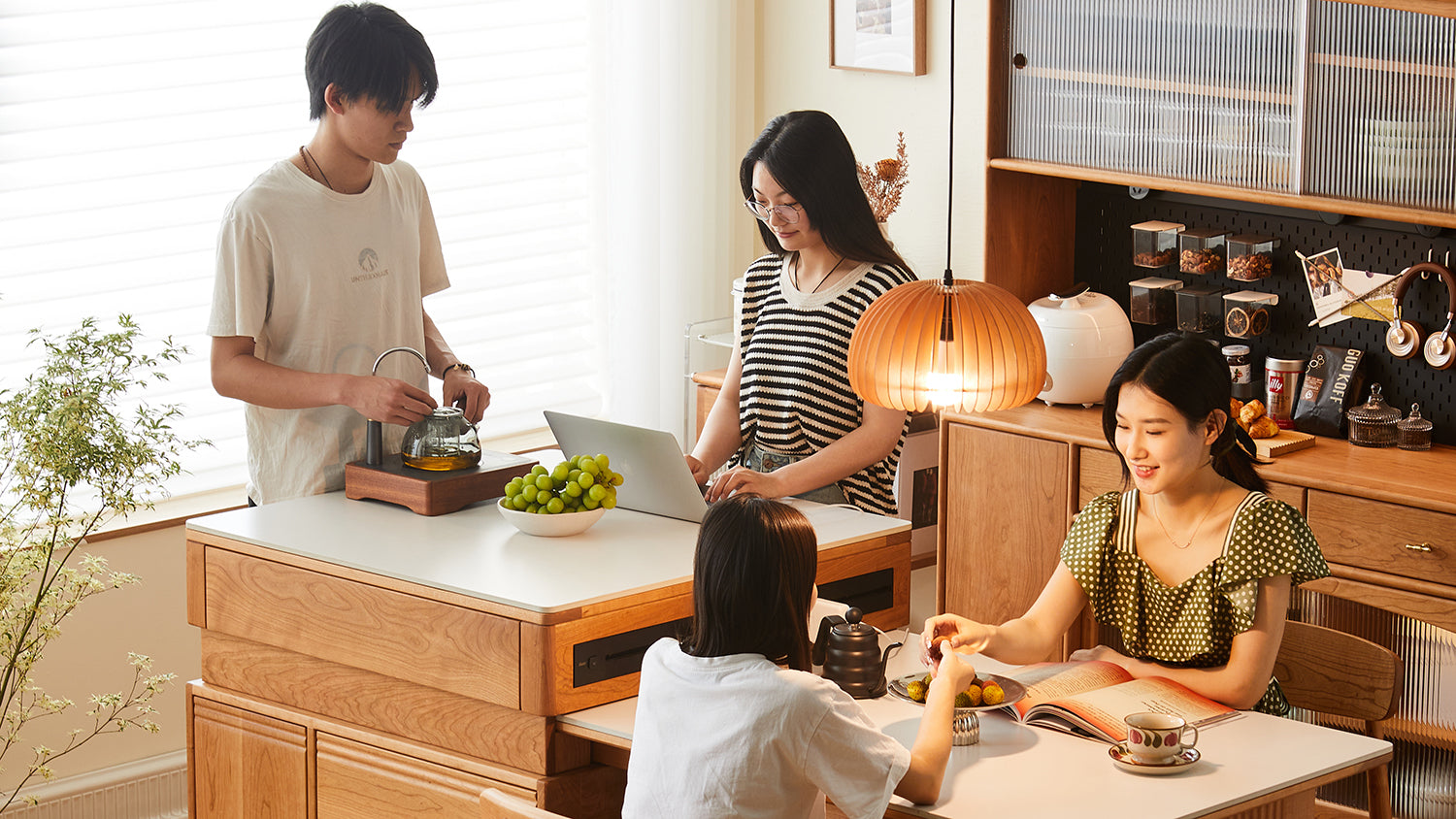

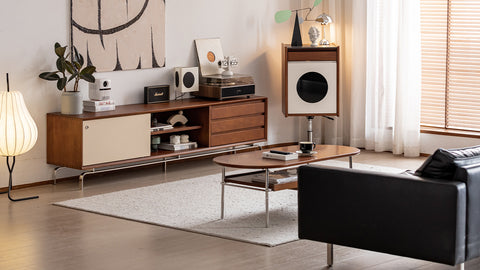
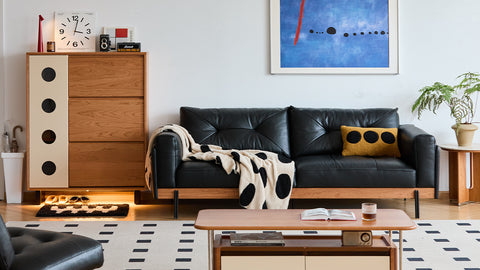
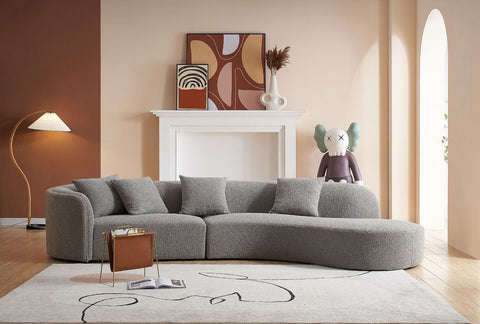
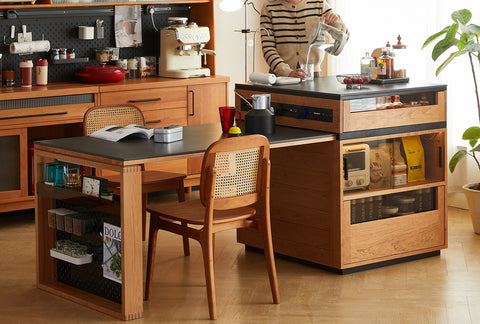
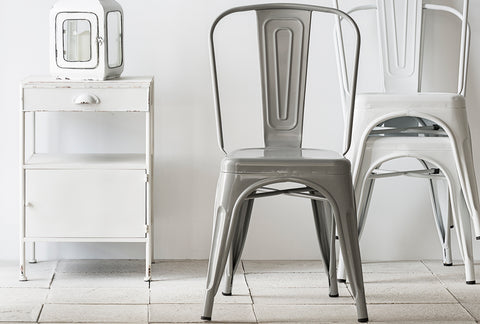
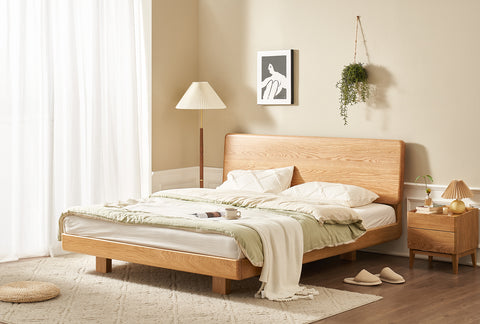
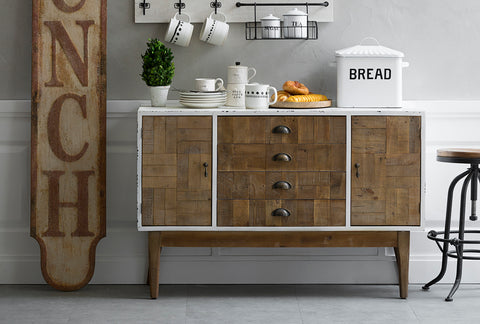




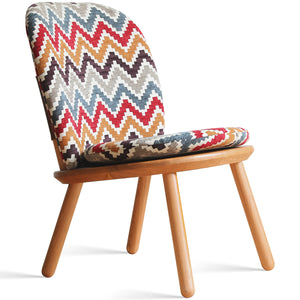
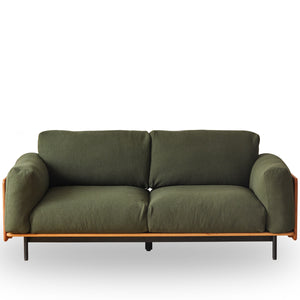

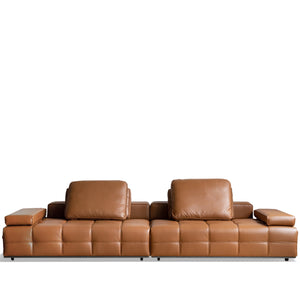
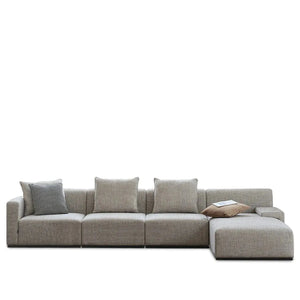
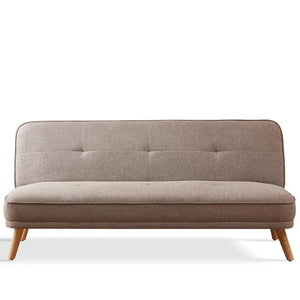
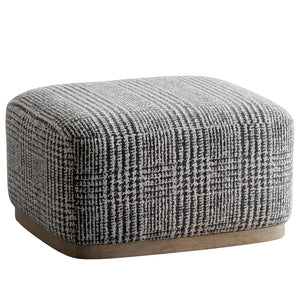
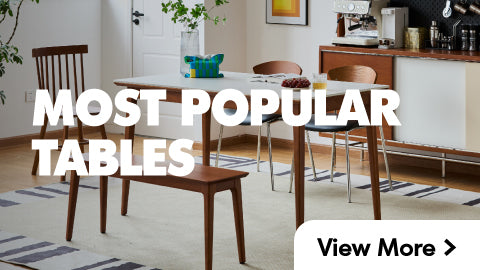
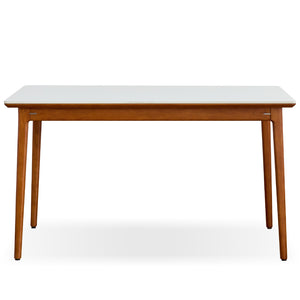

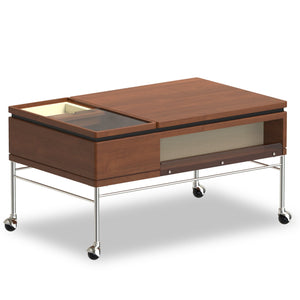
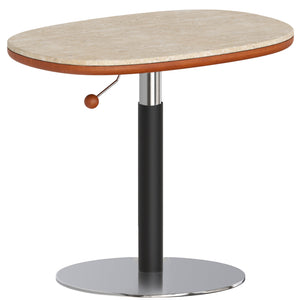
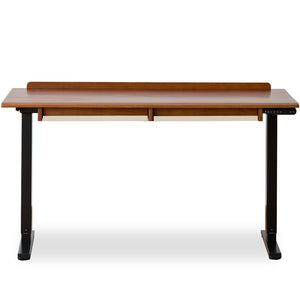

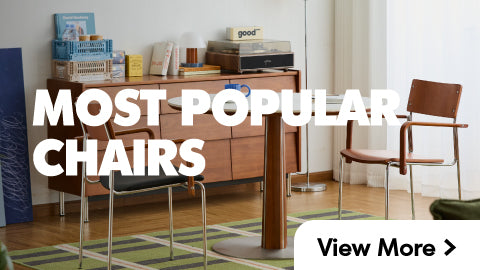
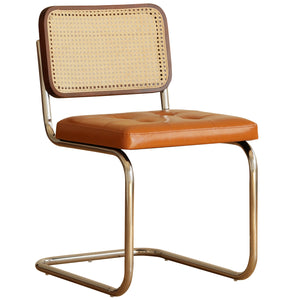
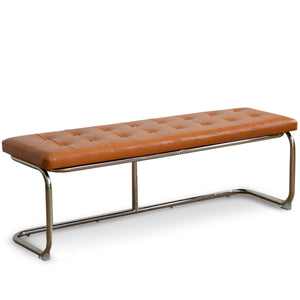
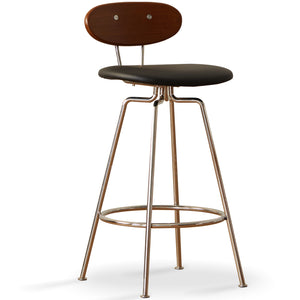
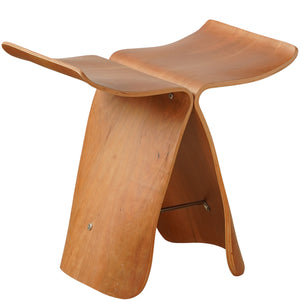
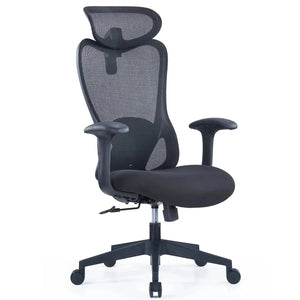
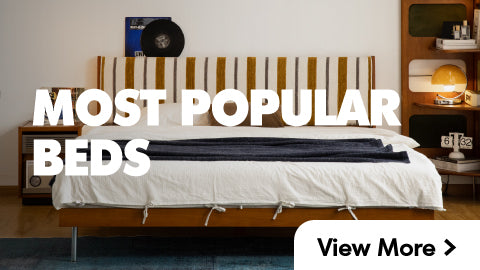
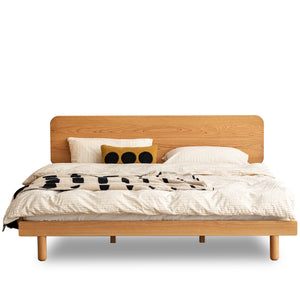
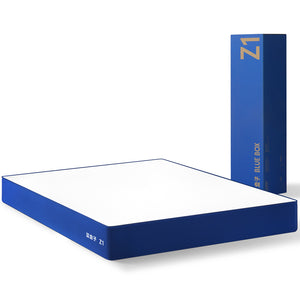

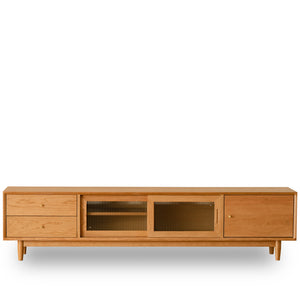
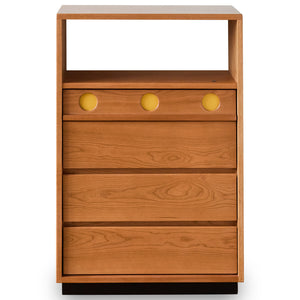
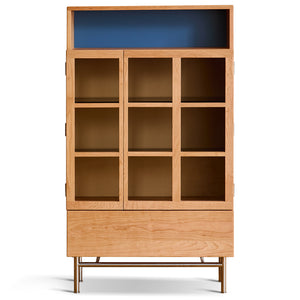

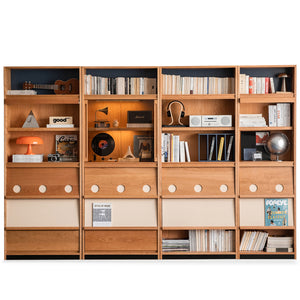


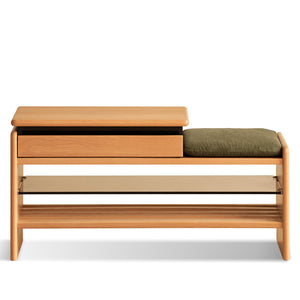
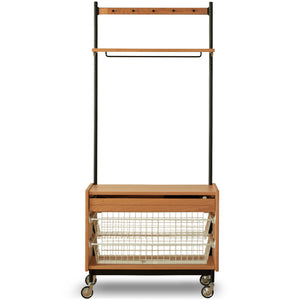
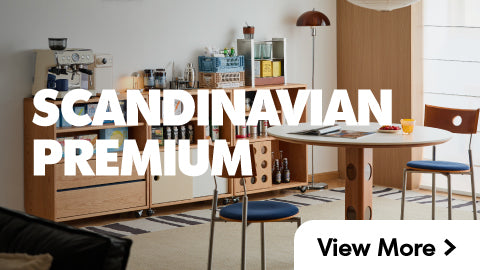





















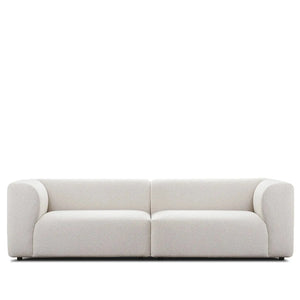





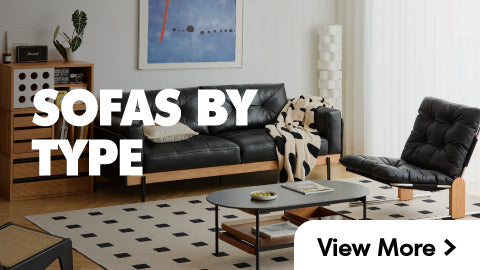
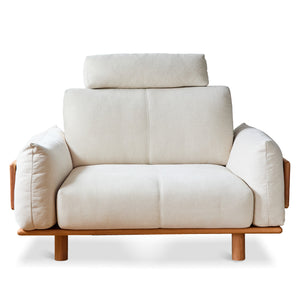
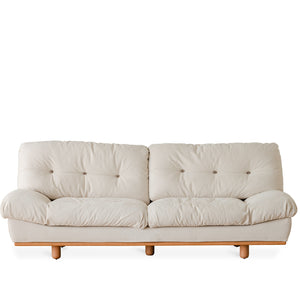
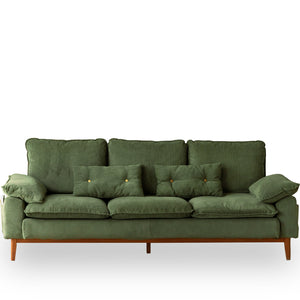
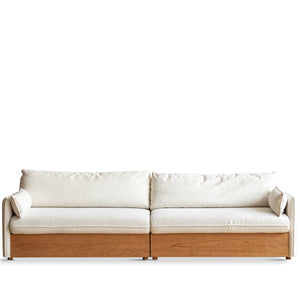
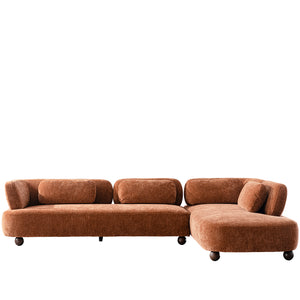
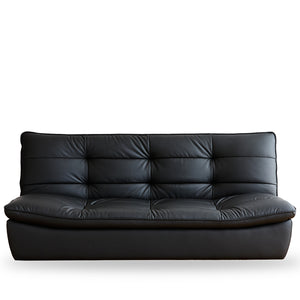

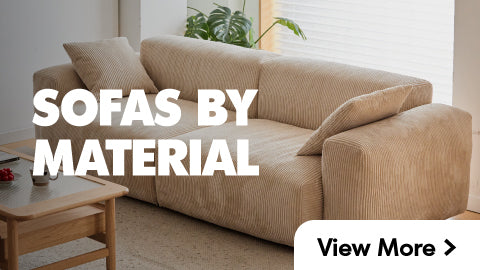
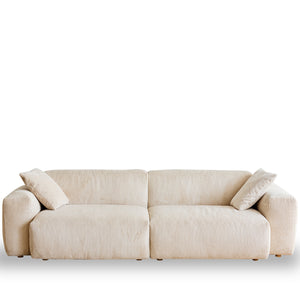

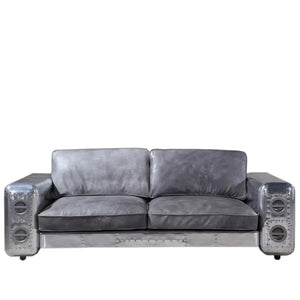
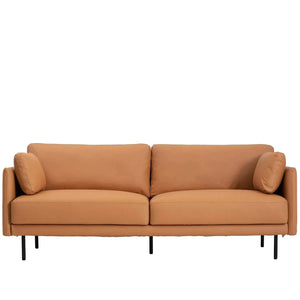
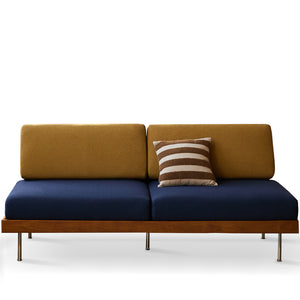

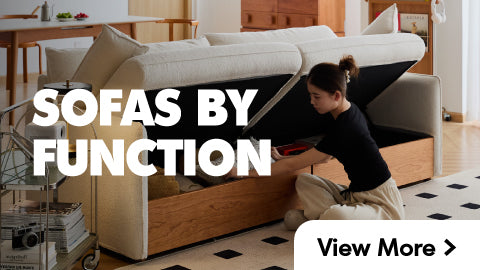

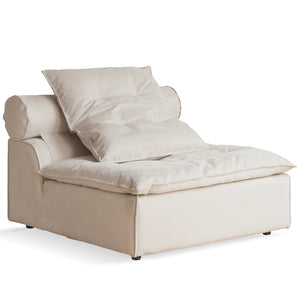
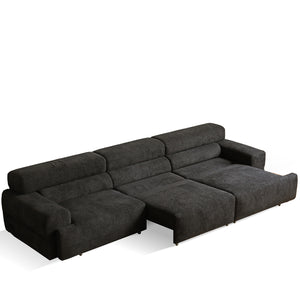
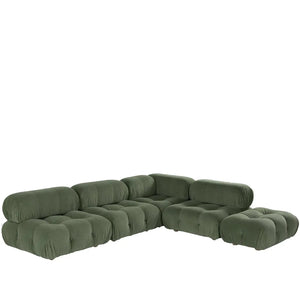
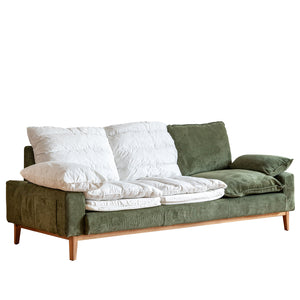
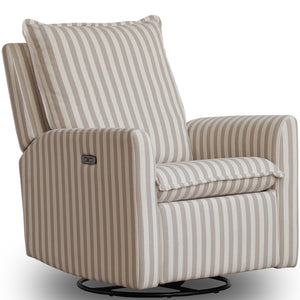
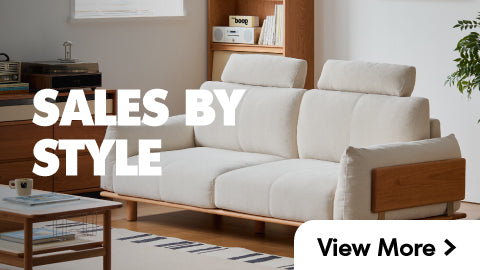
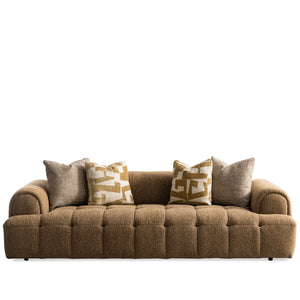
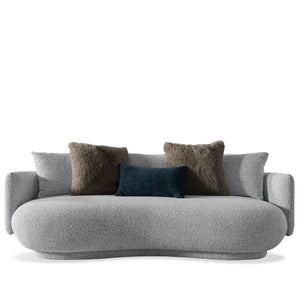

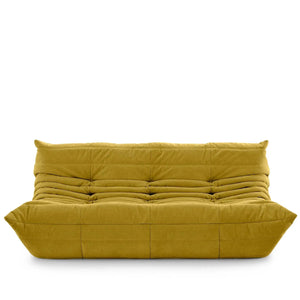
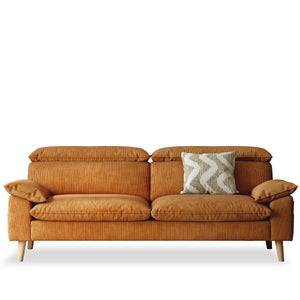
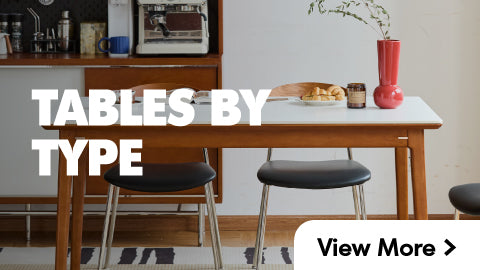

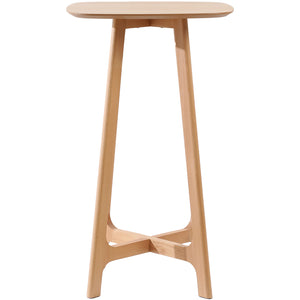
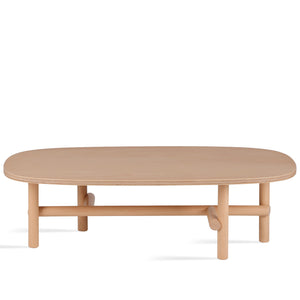
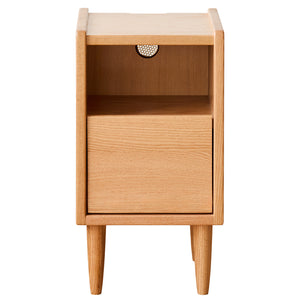
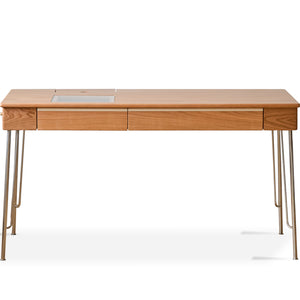
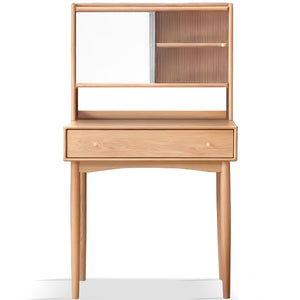


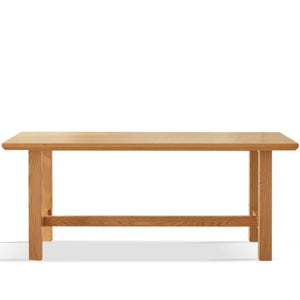
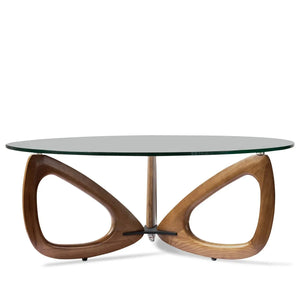

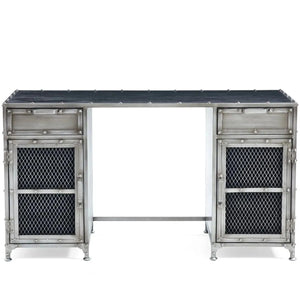
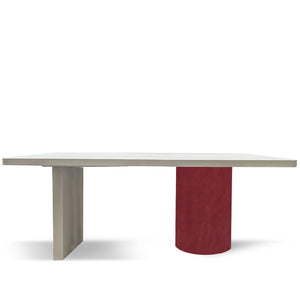

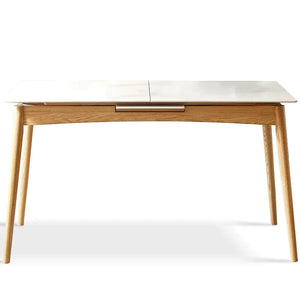
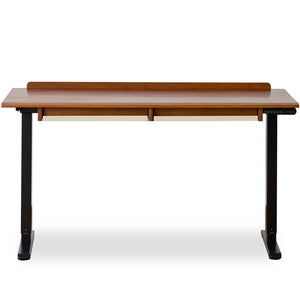
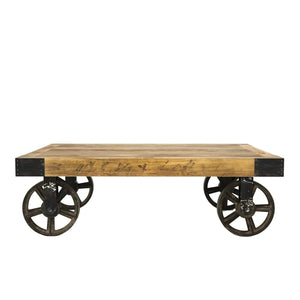
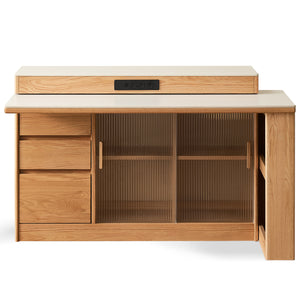
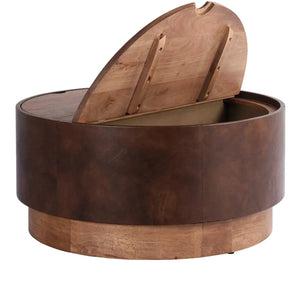
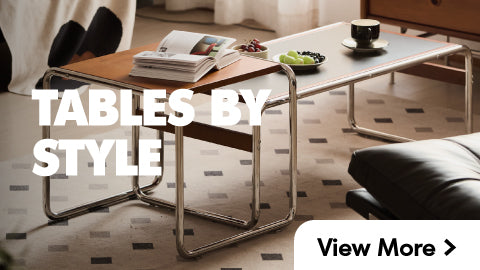
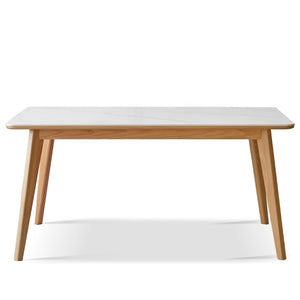
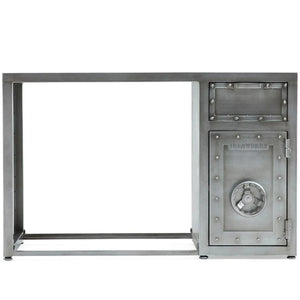
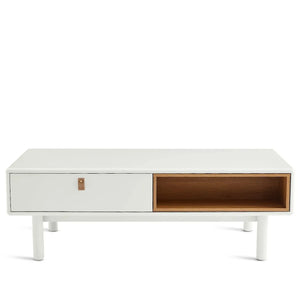
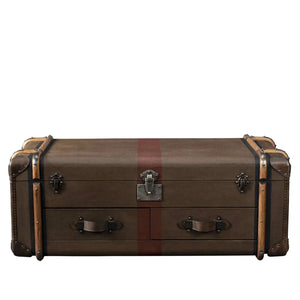
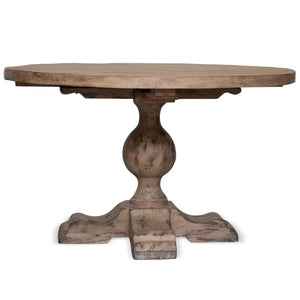

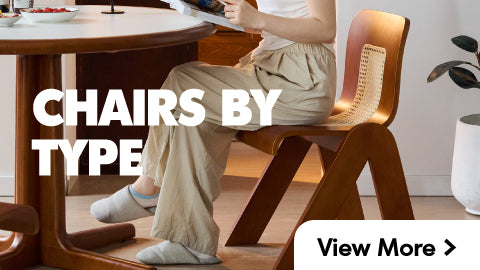
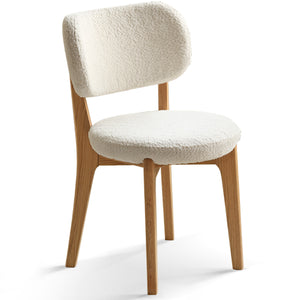
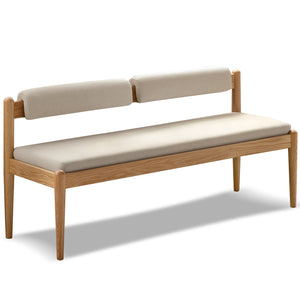
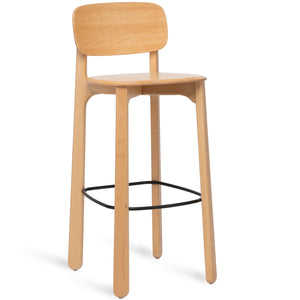
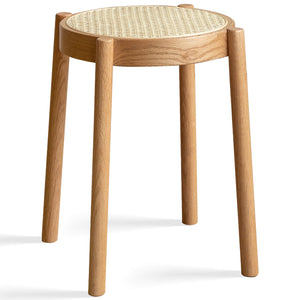
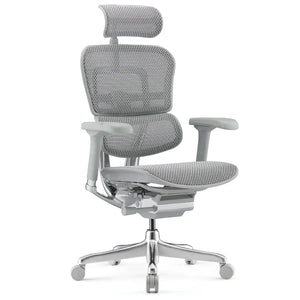
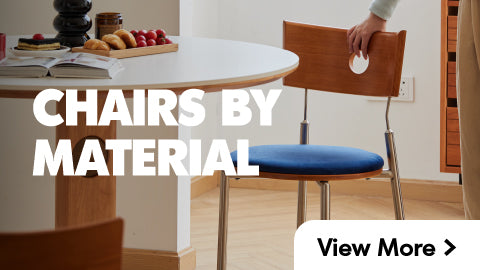
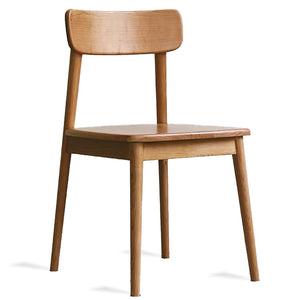
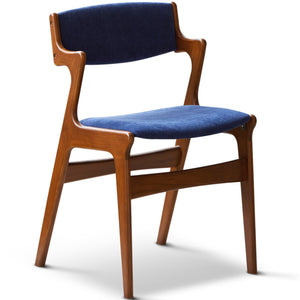

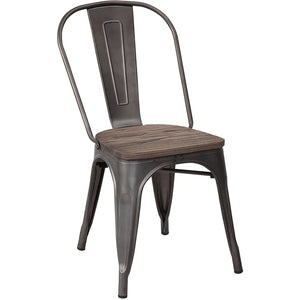
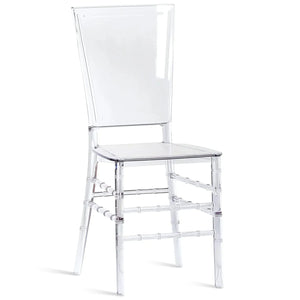
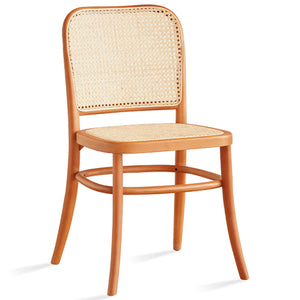
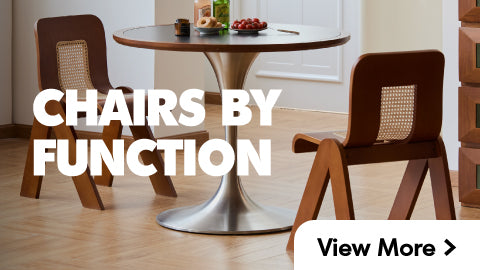


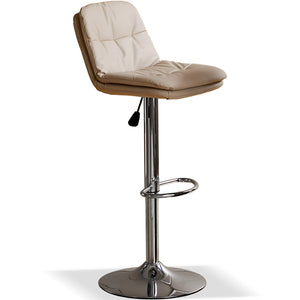

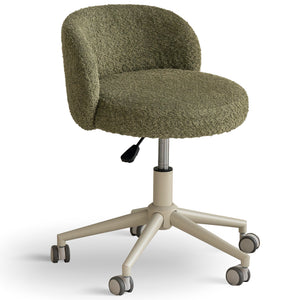
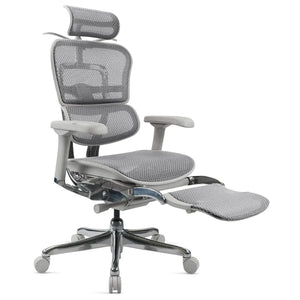
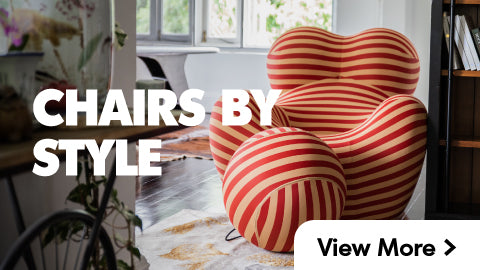
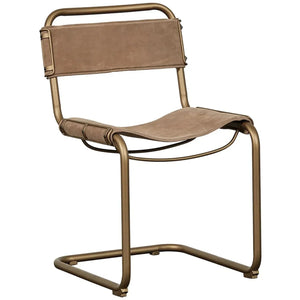
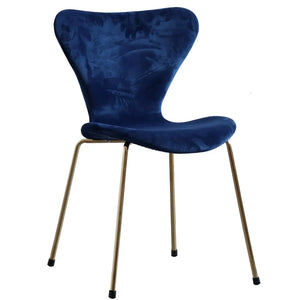
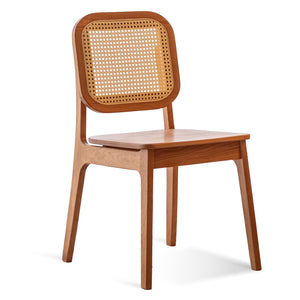
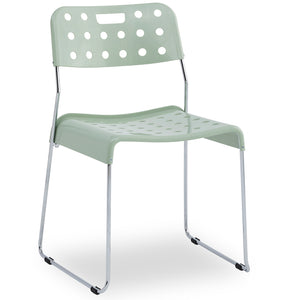
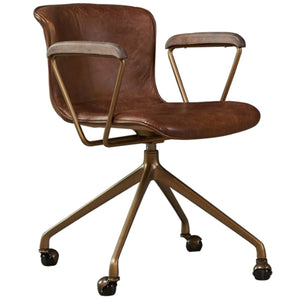

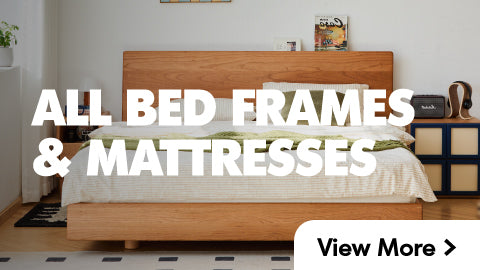
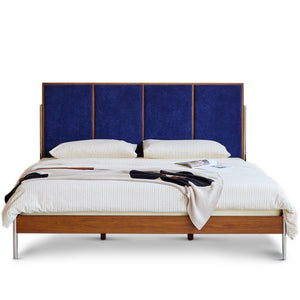
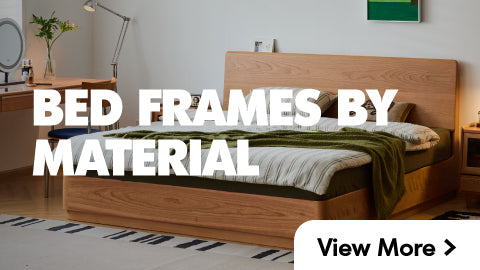
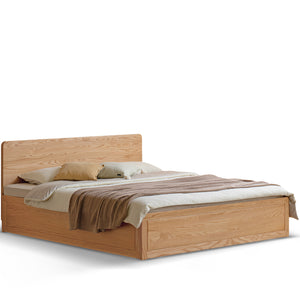
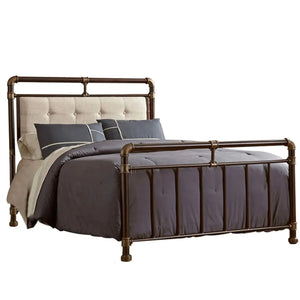
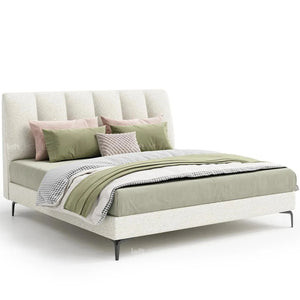
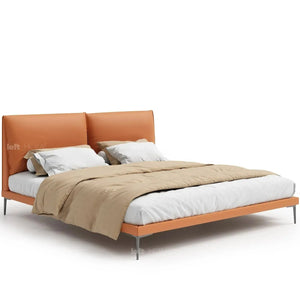
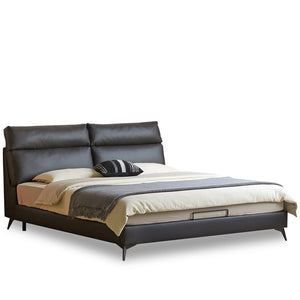
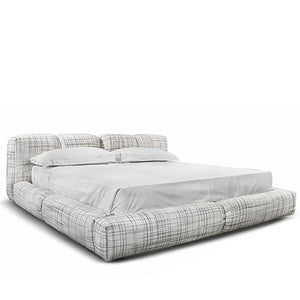

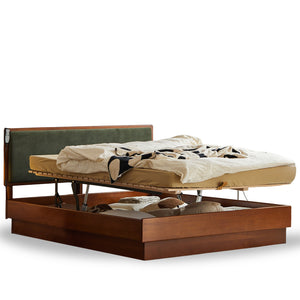
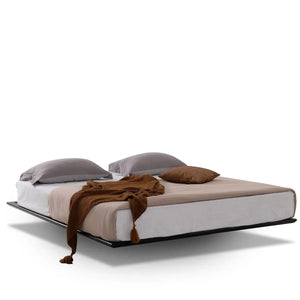
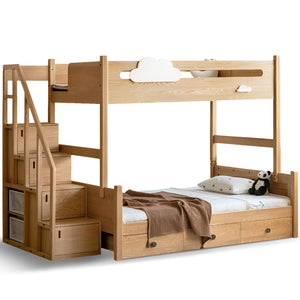
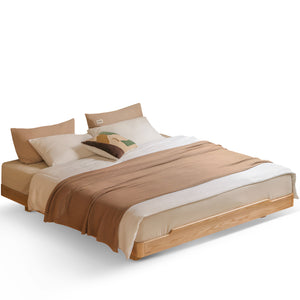

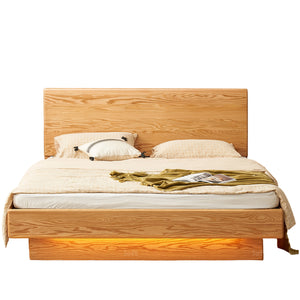

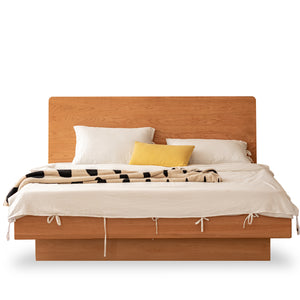
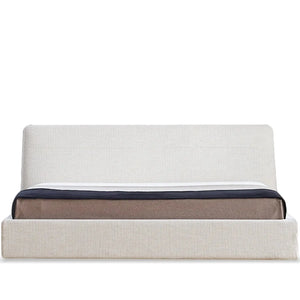


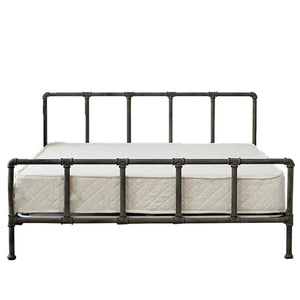
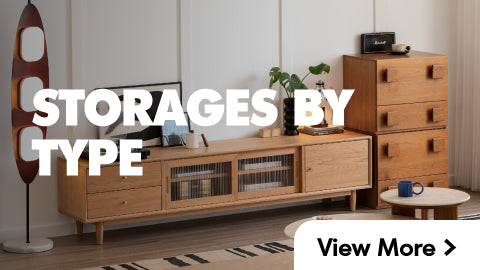
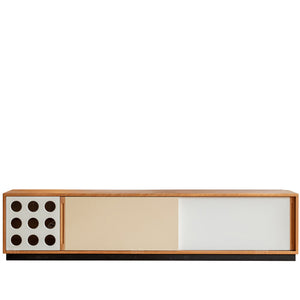

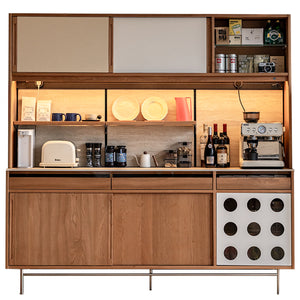
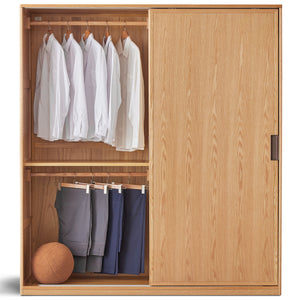
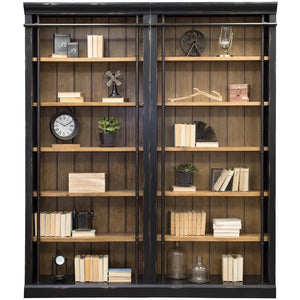
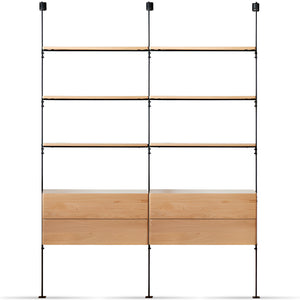
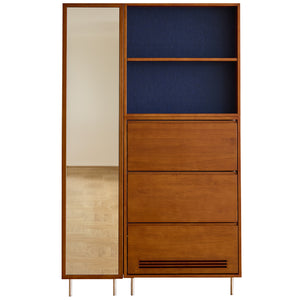
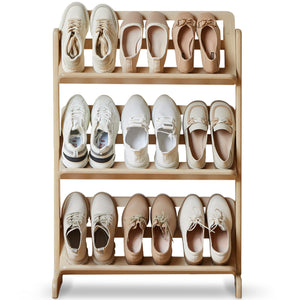
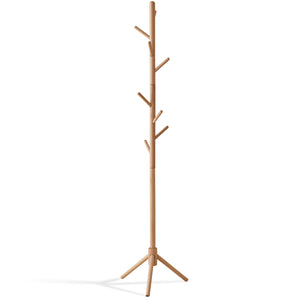

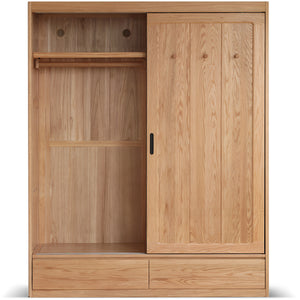
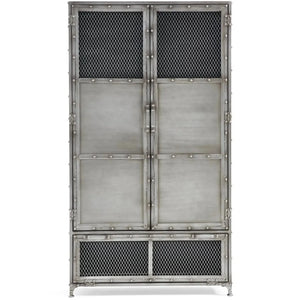
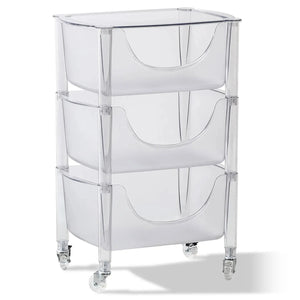

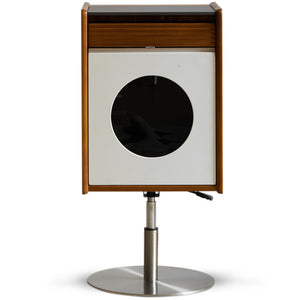
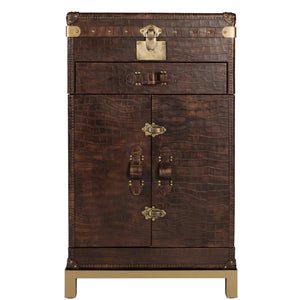
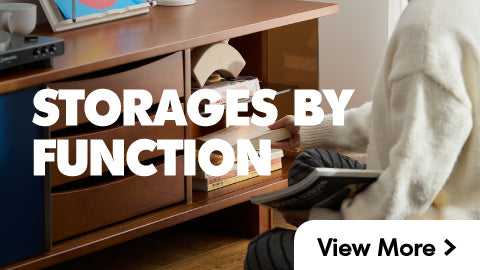

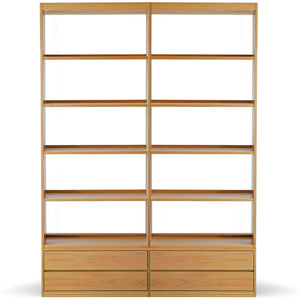
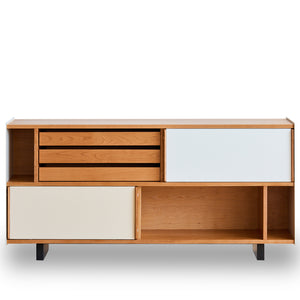
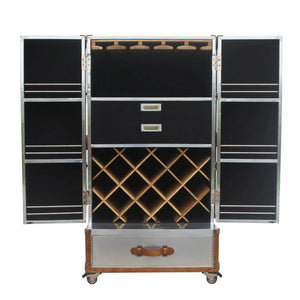
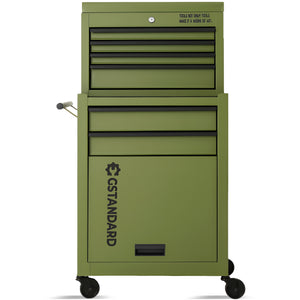
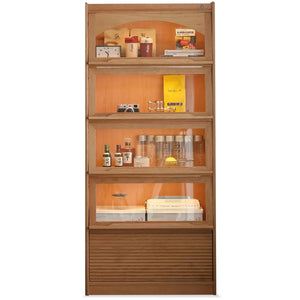

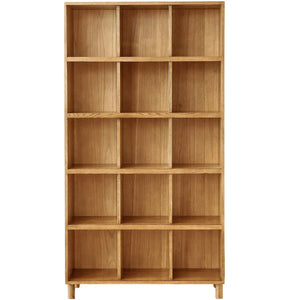
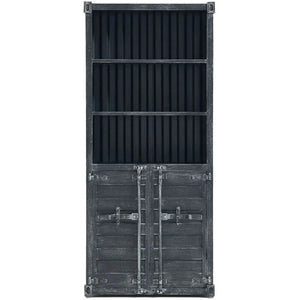
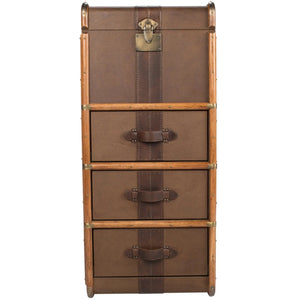
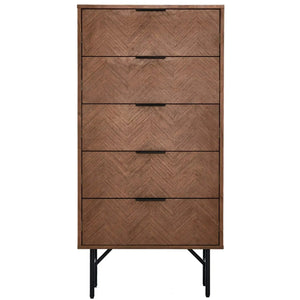
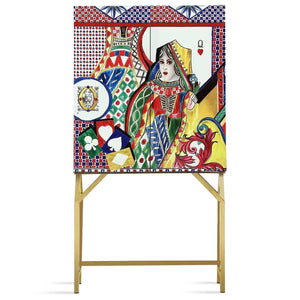
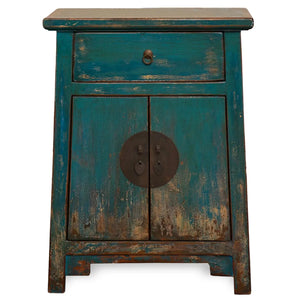


























































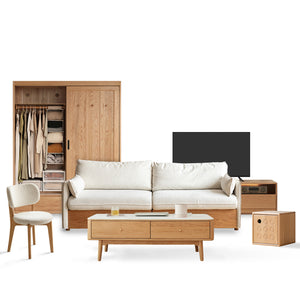
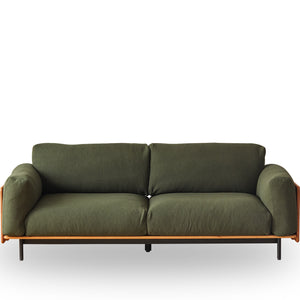
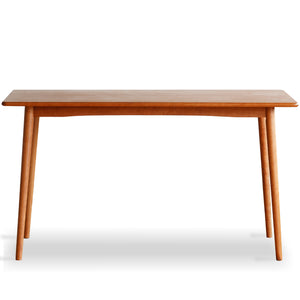
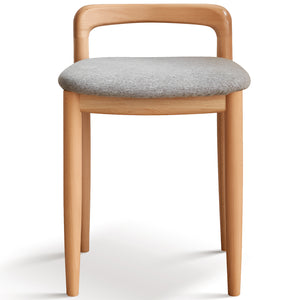
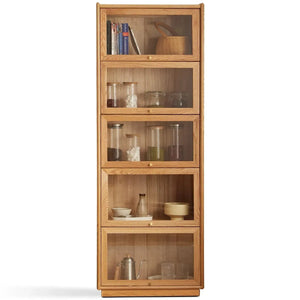
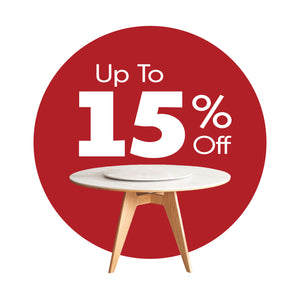

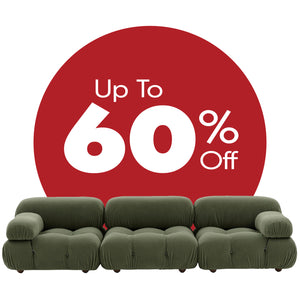
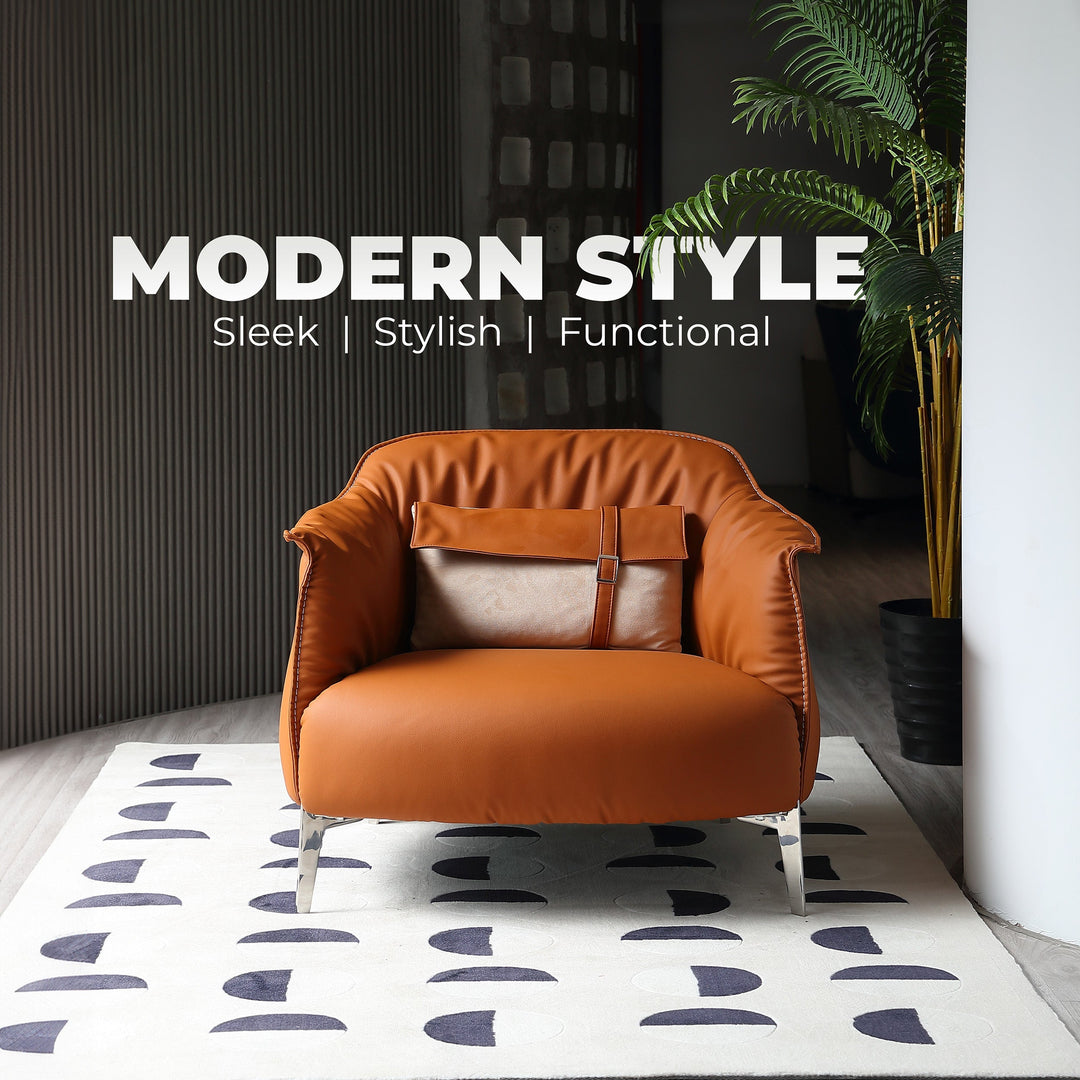
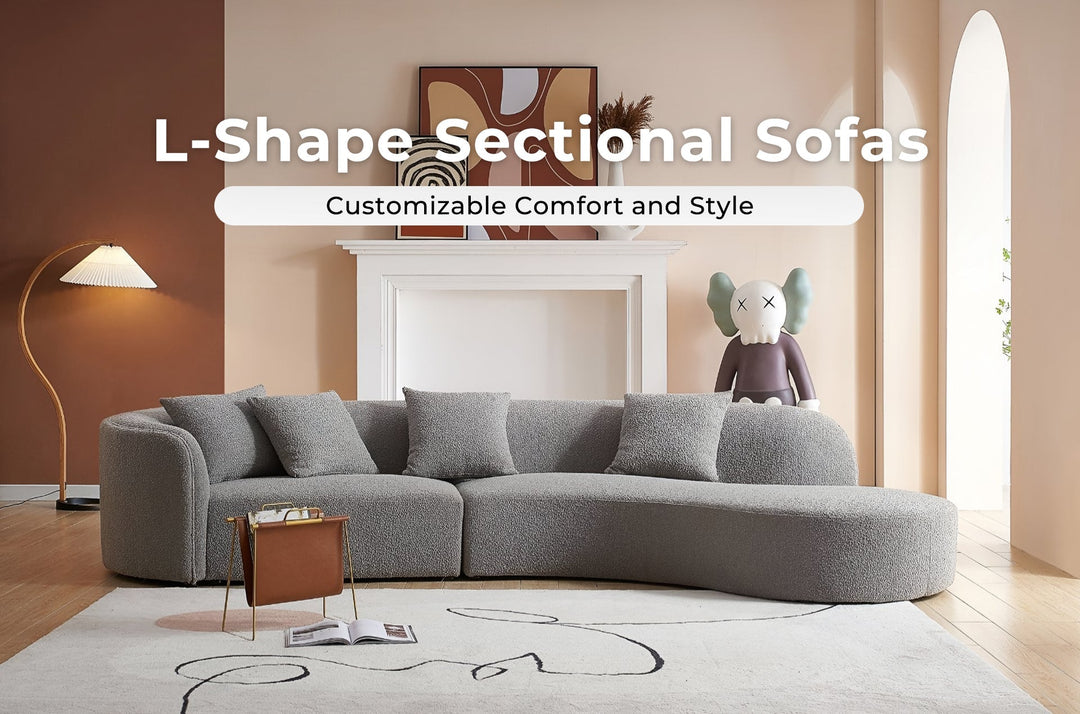

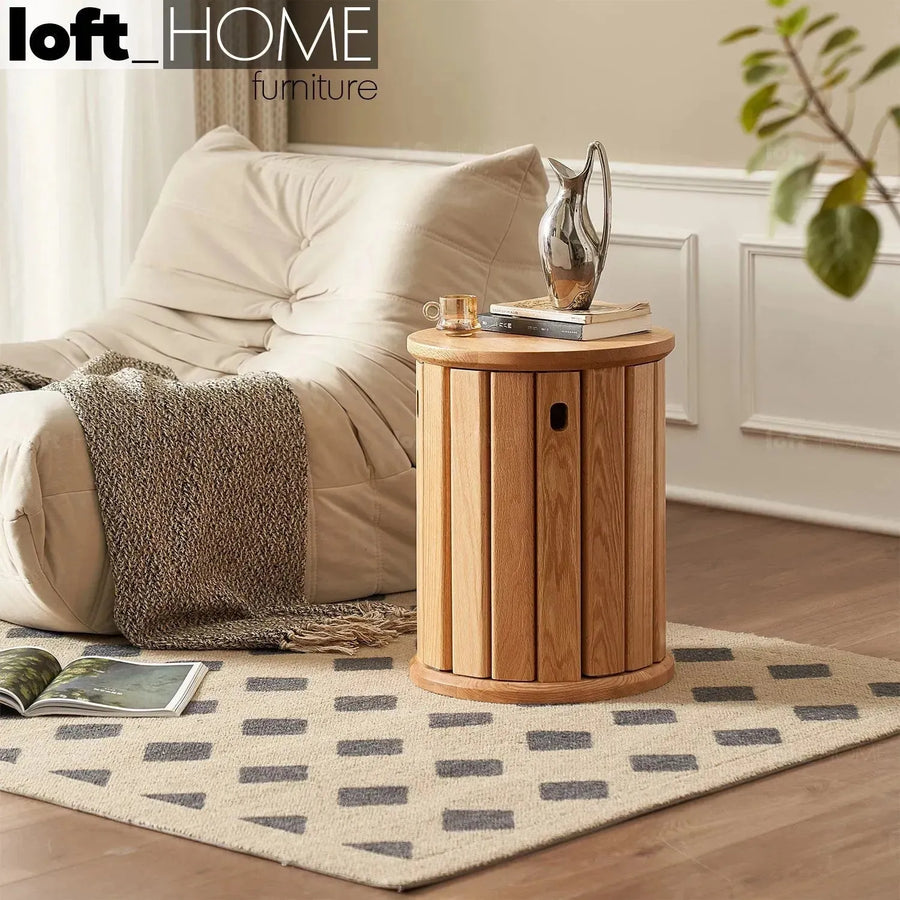
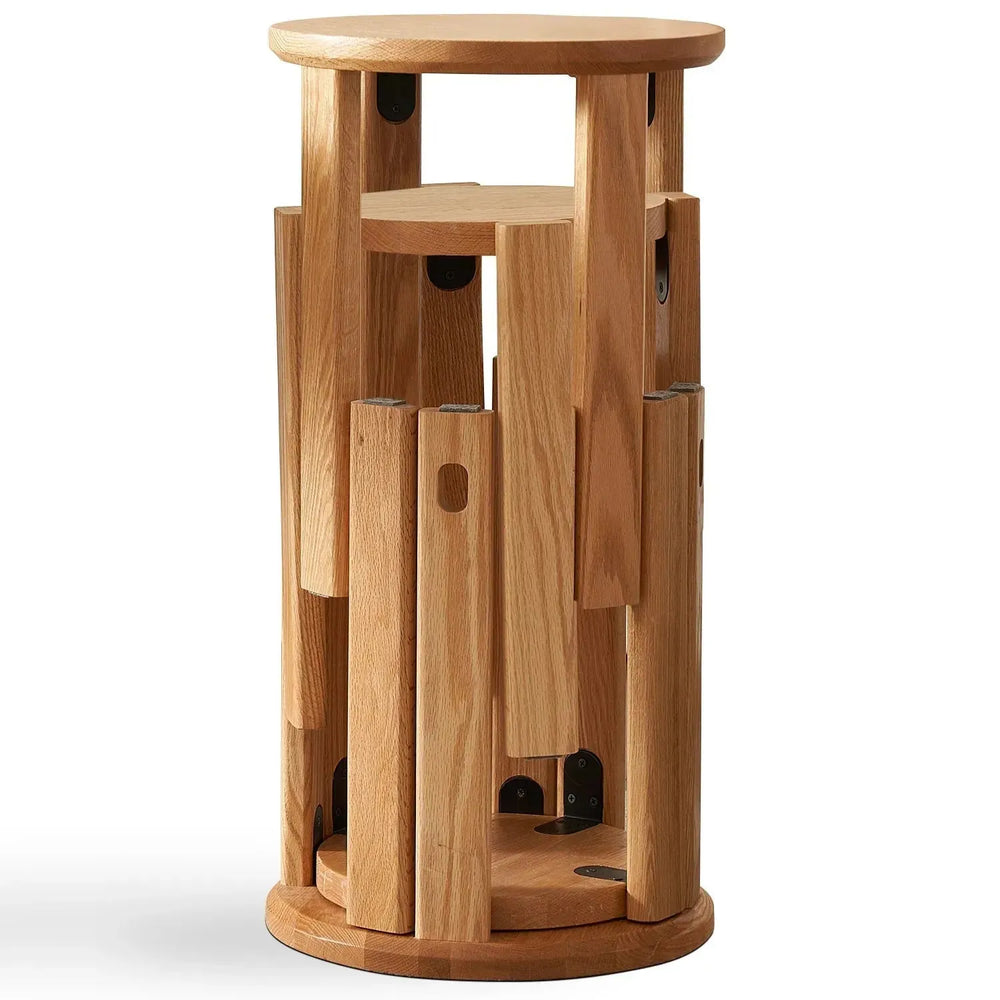


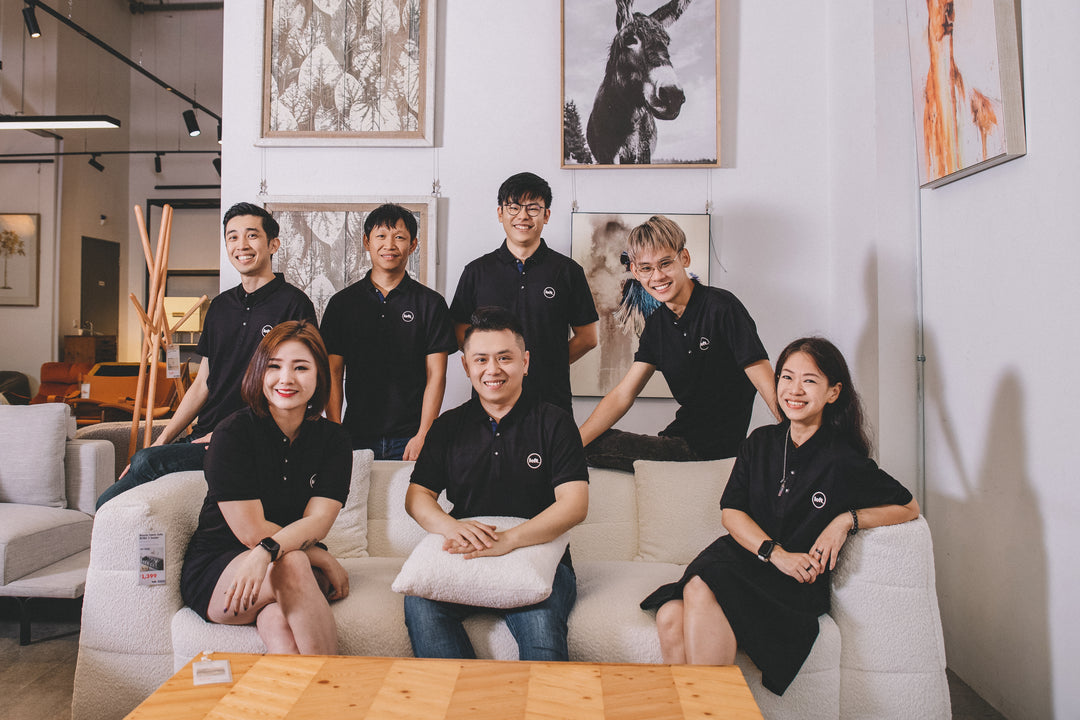
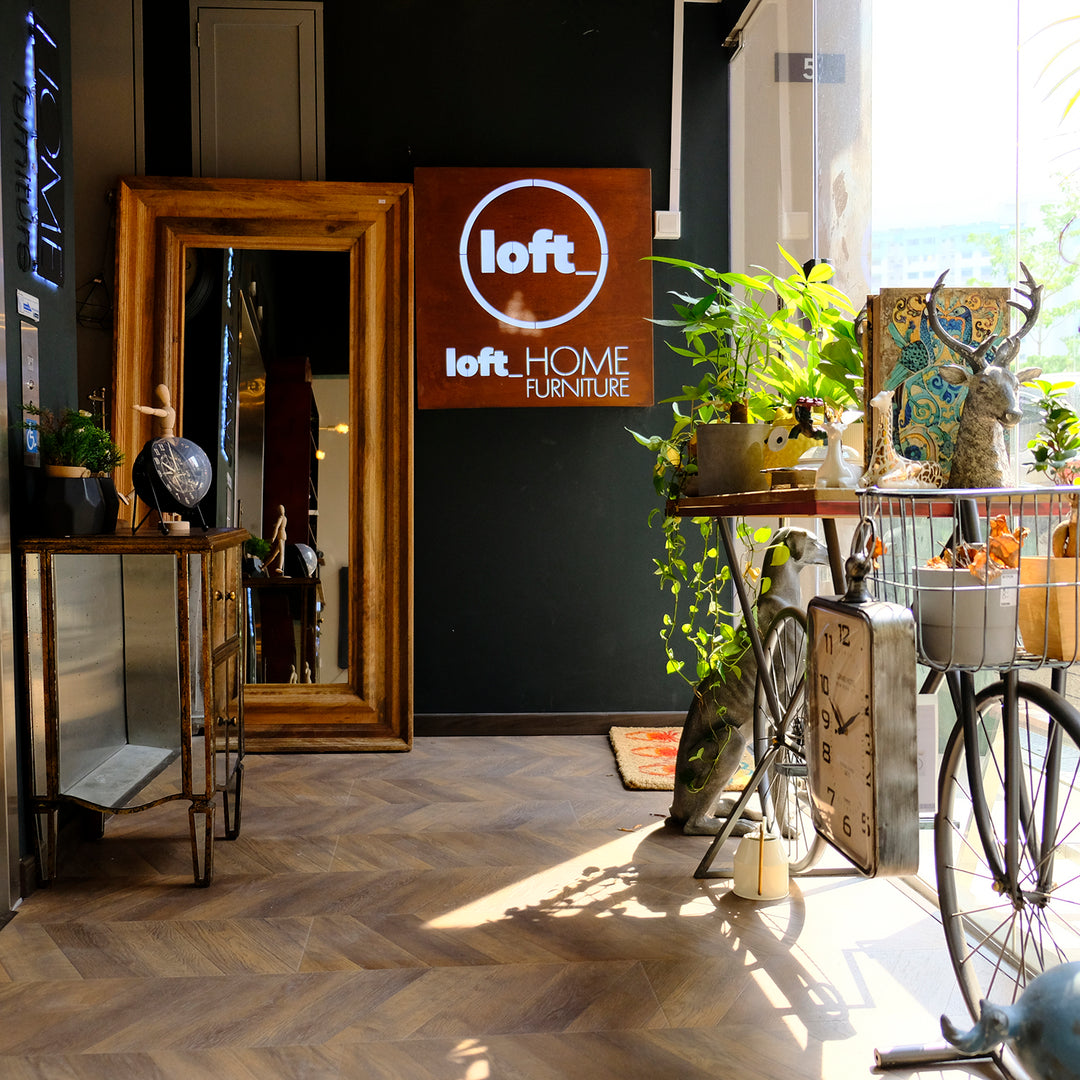
Leave a comment